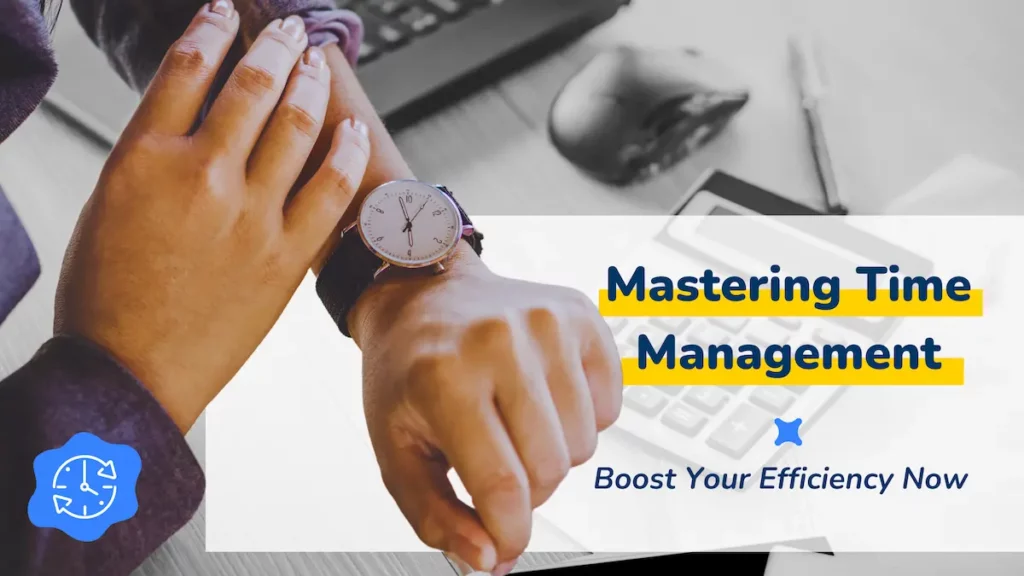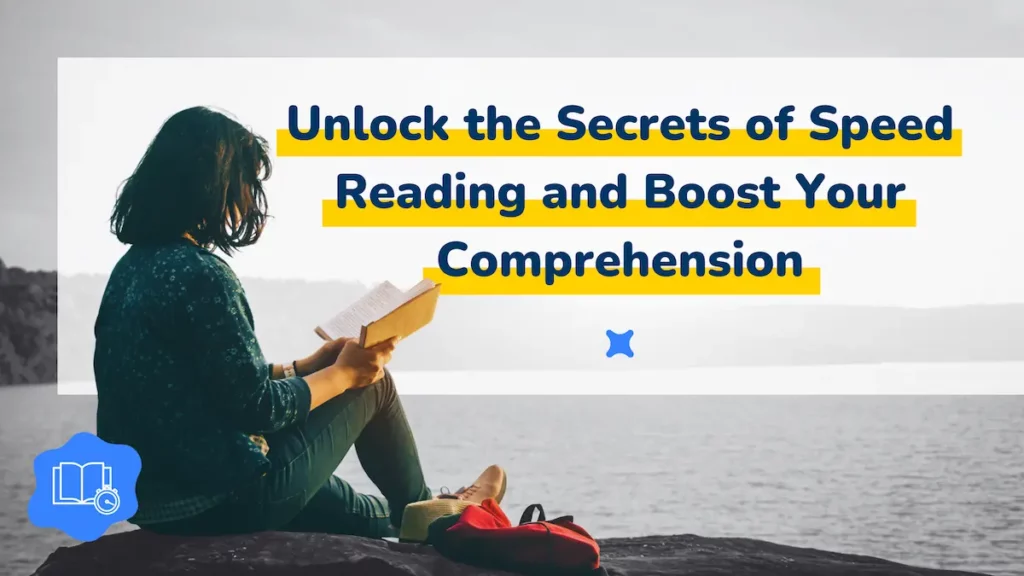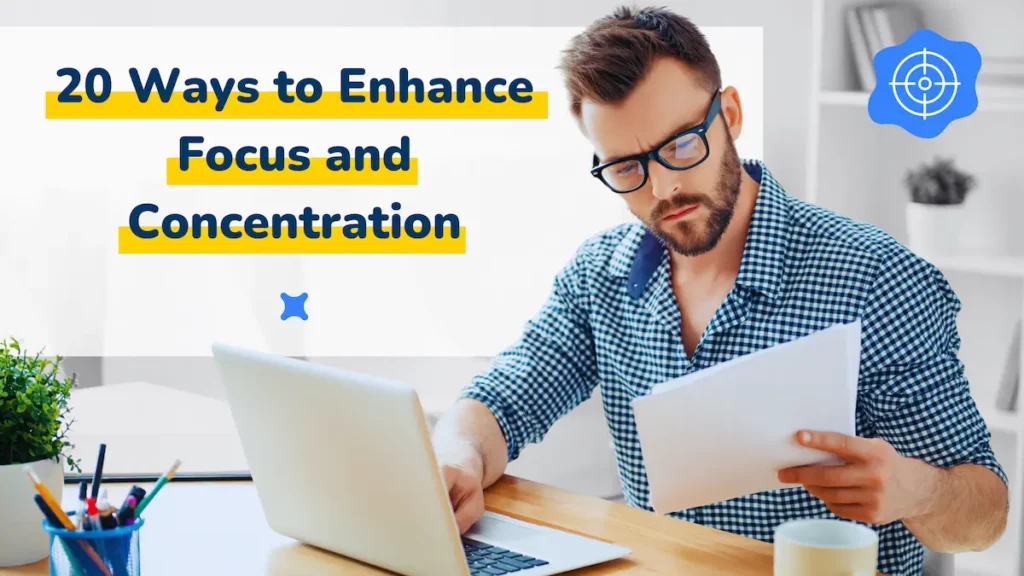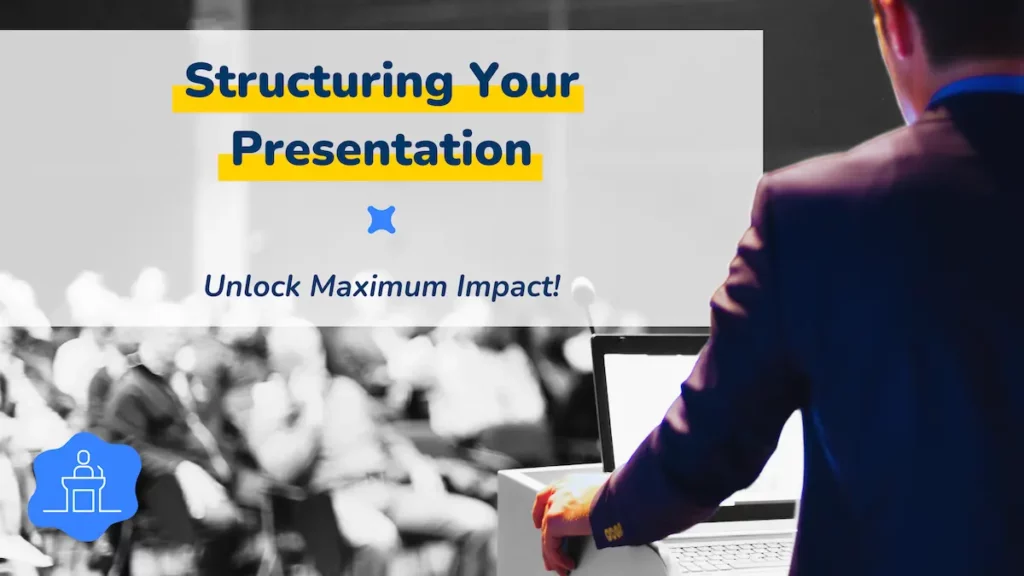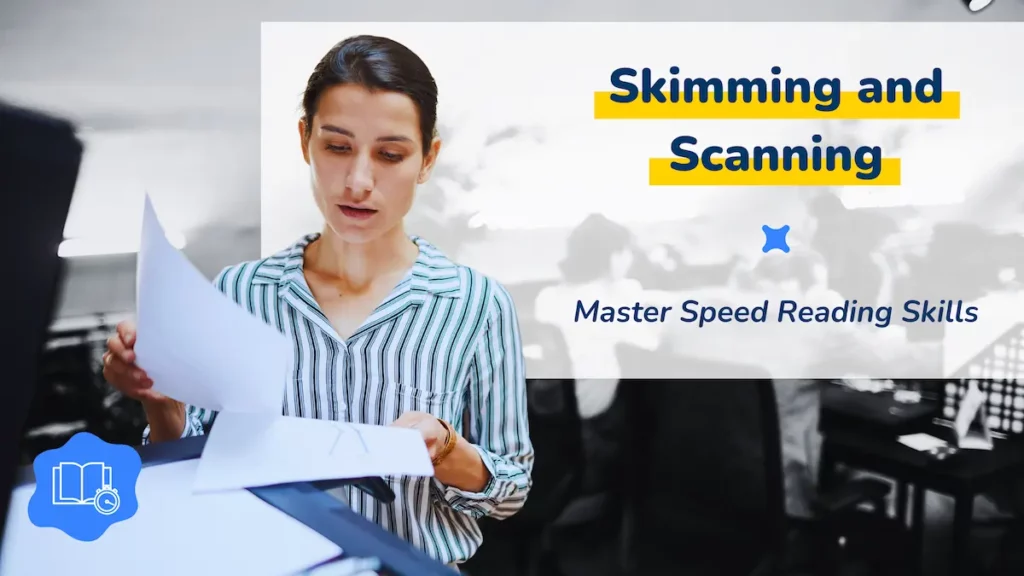Innovative thinking isn’t limited to artists and musicians; it’s essential in various fields, from technology and business to education. In our rapidly changing world, the ability to generate innovative solutions and think beyond conventional frameworks is more valuable than ever. However, creativity doesn’t always come naturally. Like any other skill, it requires cultivation, understanding certain cognitive processes, and implementing strategies that enhance creative abilities.
Science and Practical Tips
Discover five science-backed methods to boost your innovative thinking. These strategies, rooted in cognitive science, help foster the flexible thinking essential for innovation. Whether you need to break through creative blocks, improve problem-solving skills, or simply add more creativity to your life, these tips can help. By practising them, you can unlock new creative potential. Dive into the theory, practical tips, and real-world examples to transform your problem-solving approach and explore new creative horizons.
1. Emotional Awareness and Mindfulness: The Foundation of Innovative Thinking
Understanding Emotional Awareness
Emotional awareness, or the ability to recognise and name one’s own emotions, is a foundational skill for innovative thinking. It enhances your ability to navigate through complex emotional landscapes and uncover insights that might otherwise remain hidden. By understanding the nuances of your emotional states, you can create conditions that favor innovative thinking.
Research in psychology suggests that emotional awareness supports various cognitive functions, including memory, attention, and, most notably, creativity. This connection is evident in how emotions can color perceptions and influence decision-making processes, directly impacting the generation of new ideas. For instance, recognising a feeling of frustration can lead you to seek alternative solutions, a process central to creative thinking.
Practising Mindfulness for Creative Boosts
Mindfulness is the practice of being present and fully engaged with whatever we’re doing at the moment — free from distraction or judgement. For creatives, mindfulness can be a powerful tool for clearing mental clutter, allowing for deeper concentration on the task at hand. This heightened focus can lead to enhanced creativity as it enables the mind to connect disparate ideas in novel and meaningful ways.
To integrate mindfulness into your creative process, consider these techniques:
- Daily Meditation: Even a few minutes each day can improve your ability to concentrate and keep your mind open to new ideas.
- Mindful Observation: Choose an object and spend five minutes observing it in detail. This exercise helps to enhance your observational skills and heightens your awareness of subtle details, a skill crucial for creative work.
- Reflection Journaling: Spend time each day writing about your experiences and feelings. This can help in processing emotions and thoughts systematically, clearing the way for creative insights.
Regularly engaging in these practices can cultivate a mental space that supports the generation of creative ideas and solutions. As mindfulness increases your awareness of the present moment, it reduces the noise of everyday distractions, which often block the path to innovation.
By developing a deeper emotional awareness and incorporating mindfulness into your routine, you lay a solid foundation for creativity to thrive. These approaches help in recognising and harnessing the power of your inner experiences as fuel for creative expression.
2. The Role of Exercise in Boosting Innovative Thinking
Physical exercise is not only beneficial for physical health but also plays a crucial role in boosting creativity. Engaging in regular physical activity can enhance cognitive function, increase blood flow to the brain, and release endorphins, which improve mood and reduce stress. These physiological changes can lead to a more conducive environment for creative thinking.
Exercise has been shown to improve mental clarity and focus, allowing individuals to approach problems with a fresh perspective. Activities like walking, running, or practising yoga can also provide a break from routine tasks, offering the mind an opportunity to wander and generate new ideas. By incorporating regular exercise into your routine, you can significantly enhance your creative potential and overall cognitive flexibility.
3. The Role of Positive Emotions in Enhancing Creativity
Harnessing Positive Emotions
Positive emotions play a pivotal role in stimulating the creative centres of the brain, particularly the anterior cingulate cortex (ACC). This area of the brain is crucial for cognitive flexibility and the ability to generate novel solutions. When we are in a state of joy or contentment, our brains are more likely to identify unique patterns and connections, which are the bedrock of creative thinking.
Studies have shown that positive emotions broaden our thought-action repertoires, enabling us to draw upon a wider array of ideas and perspectives. This phenomenon, known as the ‘broaden-and-build’ theory, posits that positive emotions expand our awareness and encourage exploratory thoughts and actions. When you feel happy, your mind is more open to exploring new ideas and less constrained by the tunnel vision often associated with negative emotions.
Practical Ways to Cultivate Positive Emotions
Cultivating a positive emotional state is not only beneficial for your overall well-being but also enhances your creative abilities. Here are some strategies to help maintain a positive emotional environment conducive to creativity:
- Engage in Activities That You Love: Allocate time for hobbies and interests that bring you joy. Whether it’s painting, writing, or walking in nature, these activities can stimulate positive emotions and creativity.
- Social Connections: Building and maintaining healthy relationships contribute to emotional well-being and can inspire creative ideas through stimulating conversations and shared experiences.
- Gratitude Exercises: Regularly reflecting on what you are thankful for can shift your focus from what’s lacking to what’s abundant, fostering a positive mindset that is conducive to creativity.
Implementing these practices into your daily life can help sustain an emotional state that supports creative thinking and innovation. By understanding and enhancing your emotional landscape through positive experiences, you can unlock higher levels of creative output and innovation.
4. Maximising Innovative Thinking Through Solitude and Quiet
The Power of Solitude in Creative Work
Solitude, often misunderstood as mere isolation, is in fact a powerful catalyst for creativity. It provides the mental space necessary for deep thought and reflection, allowing creatives to explore ideas without external interference. Historical figures like Newton and Kafka have shown how solitude can lead to significant breakthroughs; these quiet periods of isolation were crucial for their most profound work.
Research supports the idea that solitude can enhance cognitive mechanisms underlying creativity, particularly those involved in divergent thinking—the ability to come up with many different ideas. Solitude removes the distractions and social pressures that often stifle creativity. It fosters an environment where one can experiment with thoughts freely and explore unconventional ideas without judgment.
Creating an Ideal Environment for Solitude
To benefit from solitude, it’s important to create an environment that encourages this state. Here are some tips for incorporating periods of solitude into your daily routine:
- Designate a ‘Quiet Space’: Set aside a specific area in your home or workplace where you can retreat for undisturbed thinking. This space should be away from the usual hustle and bustle and equipped with items that inspire creativity but not distract from the task at hand.
- Establish a Solitude Routine: Determine the best time for solitude that fits into your schedule. Early mornings or late evenings are often ideal for uninterrupted thought. Consistency is key, as it conditions your mind to enter a creative state during these times.
- Digital Detox: Limit electronic distractions by setting boundaries on the use of digital devices during your quiet time. This might involve turning off your phone, disconnecting from the internet, or using apps that limit functionality to only essential tools.
By effectively managing your environment and schedule, you can maximise the benefits of solitude, allowing your creativity to flourish. Such practices not only enhance your current creative projects but also contribute to a sustainable habit of innovation.
5. Creative Constraints as Catalysts for Innovative Thinking
The Paradox of Constraints in Creativity
It might seem counterintuitive, but constraints can actually enhance creativity rather than suppress it. By imposing limitations, you are forced to think more innovatively and use available resources in new and unexpected ways. This concept is evident across various fields, from art and design to business and science, where limitations are often seen not as barriers but as springboards for creativity.
The idea here is simple: constraints eliminate some options, which paradoxically frees your mind to explore the remaining possibilities more deeply. This focus can lead to breakthrough innovations that might not have been discovered in a completely unrestricted environment. For instance, Twitter’s original 140-character limit pushed users to craft concise, impactful messages, which became one of the platform’s most distinctive features.
Implementing and Benefiting from Creative Constraints
To leverage constraints as a creative tool, consider the following strategies:
- Set Clear Parameters: Define specific limits for your project or task. These could be related to time (a deadline), resources (using only certain materials), or scope (focusing on a specific topic). These boundaries can help clarify your focus and push you towards more creative solutions.
- Use Restrictions to Drive Innovation: Instead of viewing restrictions negatively, see them as challenges that invite creative thinking. For example, if you have a limited budget, explore more cost-effective methods or materials that achieve similar results.
- Reframe the Problem: Sometimes, simply looking at a problem from a different angle can open up new creative avenues. Ask yourself how you might achieve your goal if traditional methods or resources were unavailable.
By intentionally applying constraints, you can stimulate the kind of creative thinking that leads to significant innovations and improvements. These limitations encourage you to think outside the box and discover solutions that you might not otherwise consider.
FAQs
How do I recognise when I am in an optimal emotional state for creativity?
An optimal emotional state for creativity is usually characterised by feelings of openness, curiosity, and positivity. You might feel energetic and more willing to explore new ideas or take creative risks. Recognising this state can also involve being aware of when you feel most mentally clear and emotionally stable, which is different for everyone.
Can mindfulness interfere with the creative process?
Mindfulness is generally beneficial to the creative process as it enhances awareness and reduces cognitive overload, which can stifle creativity. However, for some, if mindfulness is practiced in a way that overly focuses on relaxation and emptying the mind, it might temporarily reduce the kind of spontaneous idea generation needed for creativity. It’s important to balance mindfulness practices with active creative exercises.
What are some common positive emotions that boost creativity?
Joy, excitement, optimism, and amusement are common positive emotions that can enhance creativity. These emotions increase cognitive flexibility, making it easier to think divergently and come up with innovative solutions. They also help in reducing the fear of judgment or failure, which can inhibit creative expression.
How much solitude is necessary to enhance creativity?
The amount of solitude necessary can vary significantly from person to person. It’s important to find a balance that works for you. For some, short bursts of solitude, such as a few uninterrupted hours a week, are sufficient. Others might need longer periods of solitude to fully immerse themselves in their creative projects.
What type of constraints can I impose to boost my creativity?
Constraints can be time-based (setting a deadline), resource-based (limiting materials or tools), or scope-based (narrowing the focus of a project). Imposing these constraints forces you to think more creatively and work within defined boundaries, which can lead to innovative solutions and ideas that you might not have considered otherwise.
These strategies and insights provide a comprehensive guide to enhancing creativity. Each approach not only serves to boost individual creative capacity but also contributes to a holistic increase in cognitive wellness and flexibility. Adopt these practices to unlock your creative potential and achieve remarkable results in all areas of your life.

